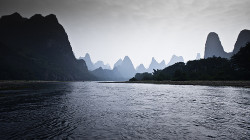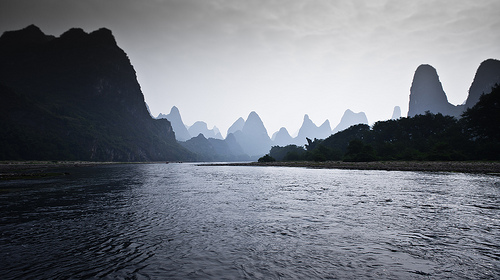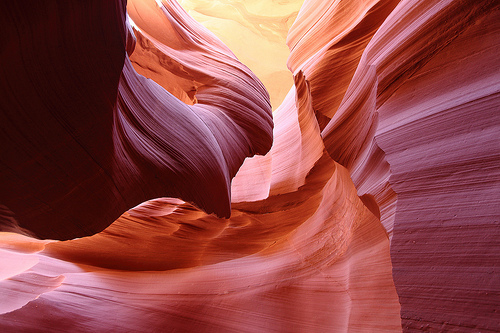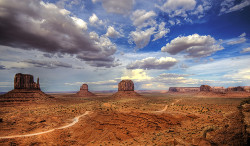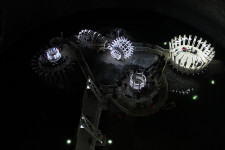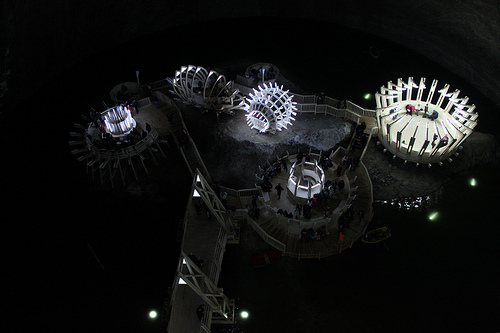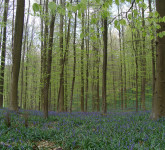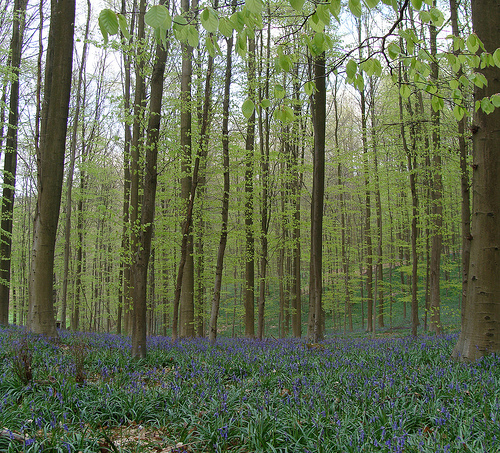
Yosemite Valley is a very scenic place.
- Yosemite Valley is a valley located in the United State’s California, in the mountainous region of Yosemite National Park.
- Yosemite Valley covers a length of approximately 13 kilometres (7.5 miles) and is about 1.6 kilometres (1 mile) wide and is surrounded by up to 1.46 km (0.9 mile) high granite cliffs.
- Yosemite Valley features numerous walking tracks and rock climbs, and is a popular tourist destination, attracting approximately 2.8 million visitors per year in 2012.
- Yosemite Valley is populated by pine trees, and is the home to numerous creeks, waterfalls and meadows.
- Yosemite Valley is said to have been originally filled by numerous glaciers, which in turn flattened the valley floor, causing it to be a U-shaped glacial valley.
Part of Yosemite Valley
Image courtesy of CJ Travel Tips/Flickr
- Yosemite Valley is home to much wildlife – fauna including squirrels, deer, bears, coyotes, salamanders, skinks, bobcats and rattlesnakes; and flora including wildflowers and shrubs.
- Besides rock climbing and hiking, Yosemite Valley offers many other activities, including ice skating in winter, fishing, cycling, birdwatching, and swimming.
- In 1864, Yosemite Valley was declared a protected landmark, via a bill by Abraham Lincoln (president of the United States at the time), that made it the first protected natural place by a federal government, and it was declared a UNESCO World Heritage Site in 1984 as part of the Yosemite National Park listing.
- Yosemite Valley has numerous rock falls each year, some of which have fallen from significant heights, caused fatalities, registered on seismographs, flattened thousands of trees, damaged buildings and caused huge dust clouds.
- There is a fee to enter the national park that Yosemite Valley is located in, and the valley has lodges, cabins, camping areas, shops, a museum, post office, art centre and many other facilities.
Bibliography:
Cary R, Yosemite Valley, 2006, Yosemite National Park, http://www.yosemitehikes.com/yosemite-valley/yosemite-valley-hikes.htm
Yosemite Valley, 2014, Wikipedia, http://en.wikipedia.org/wiki/Yosemite_Valley







